In this guide, we’ll break down why PPC works so well for pet brands, proven strategies to maximize ROI, and the platforms every pet seller should focus on.
Key Summary
- PPC advertising gives pet sellers instant access to high-intent buyers, especially during seasonal spikes like flea season or holiday gifting. 🐾
- Pet brands can use hyper-targeted PPC campaigns to reach pet owners based on location, demographics, interests, and behaviors. 🎯
- PPC delivers faster insights for keyword validation and campaign testing, which shortens the path to ROI and strengthens long-term strategy. ⚡
- Mapping high-intent and long-tail keywords ensures ads reach purchase-ready shoppers while negative keywords prevent wasted spend. 🔑
- Ad copy and creative that emphasize emotional benefits, supported by strong visuals and social proof, significantly increase conversions. 🐕🐈
- Continuous measurement and optimization through CTR, CPC, conversion rates, and ROAS tracking keep campaigns efficient and profitable. 📊
- Common PPC pitfalls for pet brands include ignoring negative keywords, overlooking mobile optimization, and missing seasonal opportunities. 🚫
- beBOLD Digital helps pet brands maximize PPC results with strategies that combine targeting, ad testing, SEO integration, and remarketing. 🚀
Why Is PPC Perfect for Pet Product Sellers?

The pet industry is booming, with pet parents spending billions annually on food, toys, grooming, and health products. But with rising competition online, simply having a great product isn’t enough. If you want to win visibility and capture sales, PPC (pay-per-click) advertising is one of the fastest and most effective ways to reach high-intent pet owners. Here’s why PPC is especially important for pet product sellers:
Instant access to high-intent buyers, especially during seasonal moments
Pet owners are constantly searching for solutions, whether it’s flea treatments in the summer, holiday gift boxes for pets, or specialized diets for senior pets. PPC lets you appear at the exact moment a shopper is searching, ensuring your brand captures attention before competitors. This instant visibility is particularly powerful during seasonal spikes when demand skyrockets.
Hyper-targeted messaging to pet owner behaviors and interests
Unlike generic ads, PPC allows hyper-specific targeting. For brands trying to sell pet products, you can easily target dog owners within 10 miles, cat lovers browsing online communities, or pet parents looking for “eco-friendly toys.” By tailoring ads to interests, demographics, and behaviors, you ensure your budget is spent only on shoppers most likely to buy.
Faster insights for keyword validation & campaign testing
With PPC, you don’t have to wait months for SEO results. Campaigns deliver instant feedback, helping you validate which keywords, offers, and ad creatives actually convert. These insights not only shorten the path to ROI but also improve your long-term marketing strategy by guiding SEO and content creation.
Five Tips for Successful Pet Product PPC
Running PPC campaigns without a clear strategy often leads to wasted clicks and missed opportunities. To make every dollar count, pet brands need a structured approach that blends smart keyword targeting, compelling creatives, and continuous optimization. Below are five proven tips to help you maximize ROI and stay ahead of competitors in the pet space.

1. Map High-Intent PPC Keywords
Keyword selection is the foundation of any PPC strategy. For pet sellers, the right keywords ensure ads reach people who are ready to buy rather than casual browsers. What Amazon sellers need to know is that keywords play a crucial role in targeting your intended audiences. Popular keywords, like “dog treats” or “dog food” are likely to bring traffic, but are also less likely to convert, while long-tail keywords, like “hypoallergenic cat food with free delivery” will likely reach those who are already considering converting. To understand this better, you need to know the difference between the two.
Popular Keywords for Pet Products
Popular keywords are broad, high-volume terms such as “dog treats,” “cat toys,” or “pet grooming near me.” These keywords help you cast a wide net and capture general interest, but they often come with high competition and costs per click (CPC). While they can drive awareness, they aren’t always the most efficient for direct sales.
For example, the keyword “best dog food for sensitive stomachs” has strong search volume but is also highly competitive, meaning you’ll need a higher budget to maintain visibility. Use these terms strategically—often at the top of the funnel—to build awareness before narrowing down with more targeted keywords.
Long-Tail Keywords & Intent-Based Targeting
Long-tail keywords are more specific search phrases, usually three or more words, that reveal a shopper’s exact need. Examples include:
- “hypoallergenic cat food with free delivery

- “indestructible chew toys for aggressive chewers”

These keywords attract lower traffic volumes, but the quality of that traffic is much higher. Since shoppers are searching with a clear purpose, they’re far more likely to convert. Another advantage is cost—long-tail keywords usually face less competition, leading to lower CPC and stronger ROI.
Pair long-tail targeting with intent-based strategies by analyzing buyer behavior. For example, a pet parent searching “affordable flea treatments online” is price-conscious, while someone searching “luxury dog grooming services in [city]” is focused on quality. Understanding intent helps refine ad copy and landing pages so they align perfectly with what the customer is seeking.
2. Use Persuasive and Creative Ad Copies That Convert
Pet parents are highly emotional buyers—they want the best for their furry companions. Your ad copy should emphasize benefits over features, tapping into that emotional bond. For example:
- “Keep your dog calm during thunderstorms with our vet-approved chews.”
- “Our all-natural dog treats are made with a single ingredient: pure human-grade chicken”
- “Nourish as nature intended.”

Pair this with scroll-stopping visuals: happy dogs after grooming, cozy cats enjoying a new bed, or before-and-after transformations. Video ads and user-generated content (UGC) perform especially well on platforms like Facebook, Instagram, and TikTok, where pet content is already highly shareable.
Adding social proof also further boosts credibility, especially since many pet owners rely heavily on other owners’ experiences before making a purchase decision. These include:
- Reviews,
- Star ratings
- Customer photos
In addition, you can enhance your pet product ads with ad extensions to make them more compelling. These add-ons provide extra details that encourage shoppers to click, such as prices, promotions, store locations, or quick links to specific product pages. Options include call extensions, sitelinks, callouts, structured snippets, and more. When paired with strong ad copy, extensions make your campaigns more engaging, improve click-through rates, and ultimately drive more sales for your pet supply business.
3. Implement Negative Keywords
Just as important as knowing what keywords to target is knowing which ones to block. Negative keywords prevent your ads from appearing in irrelevant searches that waste budget. For example, if you sell premium organic dog food, you’ll want to exclude terms like “free dog food,” “DIY recipes,” or “cheap kibble” since those searchers are unlikely to convert.
There are three main match types you can use when setting negative keywords:
- Broad Match Negatives block your ads from any query containing the negative term (e.g., “free” blocks “free dog toys” and “dog food free samples”).
Phrase Match Negatives block queries containing the exact phrase, while still allowing related searches (e.g., “DIY dog food” blocks “DIY dog food recipes”). - Exact Match Negatives only block the exact term you specify, making them ideal for precise exclusions.
Building a robust negative keyword list starts with universal exclusions such as “free,” “jobs,” or “Craigslist,” then expands through analyzing your Search Terms Report to identify irrelevant queries. Keep refining regularly to avoid wasted spend. However, use caution. Overusing negatives can unintentionally filter out potential customers, so it’s important to strike a balance.
4. Budget Smartly and Continuously Optimize for Results
Not all months are equal in the pet industry. Sales often spike during flea and tick season, National Pet Adoption Month, and the holidays, so it’s smart to allocate more budget during these peak periods and scale back when demand slows. To keep costs under control, use smart bidding strategies such as:
- Leverage target CPA or ROAS to help maintain efficiency while scaling campaigns
- Diversify your spend across channels (Google Ads works best for high-intent searchers, while Facebook, Instagram, and TikTok excel at building awareness and retargeting)
- Use Local PPC with geo-targeting to drive results for grooming, training, or pet boarding services
However, it’s important to note that optimizing your campaigns doesn’t stop with budgeting. You’ll want to monitor key metrics like CTR, CPC, conversion rate, and ROAS to measure real returns. Incorporating A/B testing (experimenting with headlines, CTAs, visuals, and landing page designs) helps reveal what resonates most with pet owners. Pair this with ad scheduling, running campaigns when shoppers are most active (such as evenings and weekends), and shift your budget toward top-performing ads while pausing weaker ones.
Finally, remember that even the best ads won’t convert if the landing page falls short. Make sure each page:
- Matches the promise of the ad,
- Clearly highlights product benefits, and
- Includes trust signals like reviews, secure checkout, and clear CTAs
5. Integrate PPC & SEO Systems
PPC and SEO are often treated as separate strategies, but they’re strongest when aligned. Use PPC data to identify high-converting keywords and phrases, then build them into your:
- Product listings
- Blog articles
- Category pages
This integration allows you to dominate both paid and organic results. For example, if a PPC campaign shows that “hypoallergenic cat food” converts at a high rate, you should create SEO content and optimized product pages around that keyword.
Over time, as SEO rankings strengthen, your reliance on PPC spend may decrease, lowering acquisition costs. Conversely, PPC continues to drive immediate visibility while SEO builds long-term authority.
If you’re looking to partner with a team who specializes in building fool-proof PPC and SEO systems, beBOLD Digital can help you dominate search results, boost product sales and craft conversion-drive campaigns created to scale your pet brand. Contact us today to get started.
Common Pitfalls in Pet PPC
Even the most well-planned campaigns can fail if you overlook key details. Here are the most common pitfalls pet brands encounter:
Overlooking Negative Keywords
Failing to add negative keywords like “free,” “DIY,” “used,” or “cheap” is one of the fastest ways to waste ad spend. For example, if you sell premium organic dog food but your ad appears for “DIY dog food recipe,” you’ll pay for irrelevant clicks that will never convert. Regularly auditing your search term reports ensures your ads show only for purchase-driven queries.
Takeaway: Negative keywords refine targeting, helping you save money and focus on the buyers who matter most.
Poor Mobile Optimization
Most pet owners shop on their smartphones or tablets, whether they’re browsing for new toys on Instagram or searching for “dog groomer near me” on Google. If your landing pages are slow, cluttered, or not mobile-friendly, users will bounce before converting. High CPCs combined with poor landing experiences can quickly erode ROI.
Takeaway: A clean, mobile-optimized landing page is as important as the ad itself—it’s where the sale is won or lost.
Want to learn more about optimizing for mobile access on Amazon? Read about the best practices for mobile-ready hero images.
Ignoring Seasonal Trends
The pet industry has predictable demand spikes. Flea and tick season, National Pet Adoption Month, Black Friday, and holiday gift-giving are all high-volume shopping times. Brands that fail to adjust their messaging, such as promoting flea prevention in July or pet gift boxes in December, miss out on peak revenue opportunities.
Takeaway: Align your ad budgets and creatives with seasonal buying cycles to maximize results when demand is highest. By avoiding these missteps, you ensure your PPC campaigns drive sales efficiently instead of wasting budget on irrelevant traffic.
Top PPC Platforms for Pet Products and Their Pros and Cons
Not all platforms are created equal. Each PPC channel plays a different role in the buyer journey, and the best campaigns often combine multiple platforms.

Amazon PPC
Amazon is the largest pet product marketplace, with millions of daily searches for food, toys, supplements, and supplies. Sponsored Product Ads allow you to appear directly in search results and product detail pages, where buyers are closest to making a purchase. Amazon also offers Sponsored Brands and Sponsored Display Ads, which help improve brand visibility across the platform.
Pros:
- Reaches buyers at the moment of purchase intent, since users are already shopping for pet products.
- Multiple ad formats available (Sponsored Products, Sponsored Brands, Sponsored Display) to improve visibility.
- Essential for standing out in competitive pet categories like food, toys, and litter.
Cons:
- Highly competitive, especially in categories like dog food, where CPCs can be high.
- Success requires ongoing optimization of keywords, product detail pages, and bids.
- Limited brand-building opportunities compared to social platforms.
Curious how Amazon PPC is fairing in 2025? Check out Are Amazon Sponsored Ads Worth It in 2025?
Google Ads
Google Ads is unmatched for capturing high-intent buyers. Search ads and Shopping campaigns can place your product directly in front of these ready-to-purchase shoppers. Advanced tools like Smart Bidding and Local PPC campaigns make it easier for pet businesses to reach nearby audiences with precision.
Pros:
- Captures high-intent searchers actively looking for solutions (“hypoallergenic cat food,” “dog groomer near me”).
- Supports local targeting, which is great for pet services like grooming, daycare, and training.
- Offers advanced features like Smart Bidding and Shopping Ads for better ROI.
Cons:
- Competitive pet-related keywords (e.g., “best dog food for sensitive stomachs”) can be expensive per click.
- Requires continuous keyword research and negative keyword management.
- Lower engagement for discovery compared to social media platforms.
Facebook / Instagram Ads
Meta’s ecosystem (Facebook + Instagram) is ideal for awareness and brand storytelling. Pet parents love visual content, and ads featuring playful videos, grooming makeovers, or “unboxing” pet treats resonate strongly. With features like Lookalike Audiences, interest-based targeting (e.g., dog lovers, cat enthusiasts), and retargeting, you can scale awareness while nurturing long-term relationships.
Pros:
- Excellent for visual storytelling. Videos, transformations, and pet lifestyle content resonate strongly.
- Highly granular targeting (by interests, demographics, behaviors, even pet owner status).
- Great for retargeting campaigns to re-engage cart abandoners and past website visitors.
Cons:
- Audience intent is lower compared to Google or Amazon, meaning conversions may take longer.
- Ads must be visually strong and engaging to stand out in busy feeds.
- Rising ad costs as competition increases across Meta’s platforms.
TikTok Ads
TikTok has become a powerhouse for pet marketing thanks to viral, short-form videos. From funny pet antics to heartwarming adoption stories, pet content dominates TikTok’s algorithm. However, PPC on TikTok is more expensive than some platforms, but the ability to spark virality and brand awareness is unmatched. Younger pet owners, in particular, are highly responsive to TikTok ads.
Pros:
- Pet content performs exceptionally well. Viral potential is huge for playful, emotional, or educational videos.
- Strong engagement from younger pet owners, who are highly active on TikTok.
- Great for brand discovery and awareness at scale.
Cons:
- Higher ad costs compared to Facebook or Google, especially for testing.
- Best for awareness rather than immediate conversions.
- Requires a steady flow of creative, short-form video content to remain effective.
Want to venture into Tiktok selling? Learn how to set up your own Tiktok shop today.
Conclusion: How beBOLD Digital Can Help with Pet Product PPC
PPC is no longer a “nice-to-have” in today’s crowded pet market. It's the engine that drives visibility and sales. By combining precise audience targeting, seasonal budget shifts, emotionally engaging ad copy, and multi-platform campaigns, pet brands can do more than just compete. They can dominate search results, capture shopper attention, and convert clicks into loyal customers faster than their competitors.
At beBOLD Digital, we specialize in scaling pet brands on Amazon, Walmart, and beyond. From PPC management and SEO integration to creative ad testing and remarketing, our team helps you turn clicks into loyal customers. Ready to maximize your ad spend and grow your pet brand? Contact us today and let’s build your next winning campaign together.
Frequently Asked Questions
What makes PPC especially effective for selling pet products online?
PPC is especially valuable for pet product sales because pet owners often search with strong intent (e.g., “buy grain-free dog food near me”), allowing PPC to reach them right at the moment they’re ready to make a decision.
How should I map and launch high-intent keyword campaigns for pet product PPC?
Begin by focusing on long-tail, purchase-oriented keywords (like “natural dog treats free shipping”), and don’t forget to incorporate negative keywords to prevent unnecessary spending.
What are the key metrics to track for pet product PPC campaigns?
Keep an eye on metrics such as click-through rate (CTR), cost per click (CPC), conversion rate, and return on ad spend (ROAS) to assess both efficiency and profitability.
Which PPC platforms work best for pet product sellers?
Amazon is ideal for capturing ready-to-buy customers, Google Ads is great for reaching intent-driven searchers, and platforms like Facebook, Instagram, and TikTok excel in building brand awareness and storytelling.
What are some common PPC mistakes that pet product sellers should avoid?
Avoid oversights like ignoring negative keywords, neglecting mobile optimization, and failing to adjust for seasonal demand fluctuations.
How can PPC help enhance my SEO strategy for pet products?
PPC provides valuable insights into which keywords convert well and how customers behave, information that can inform your long-term SEO content strategy and product listing improvements.


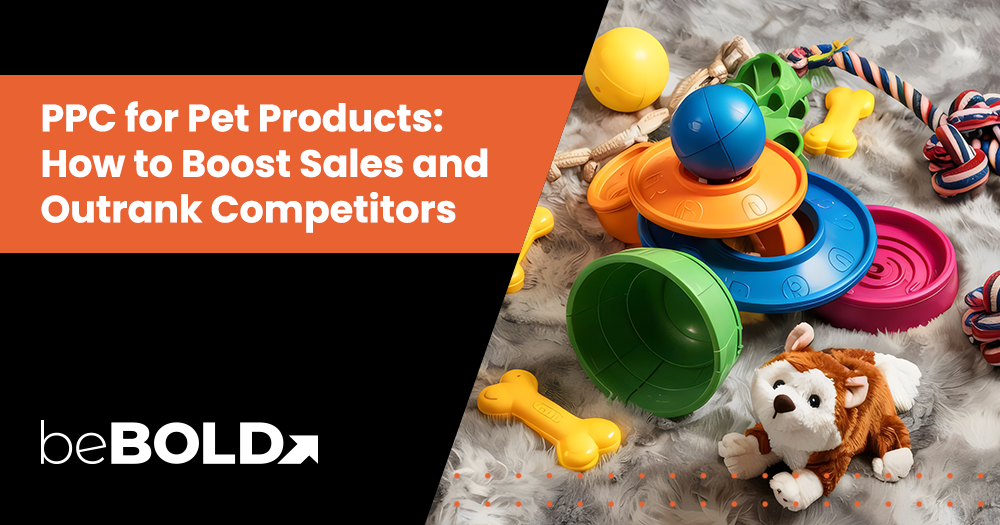

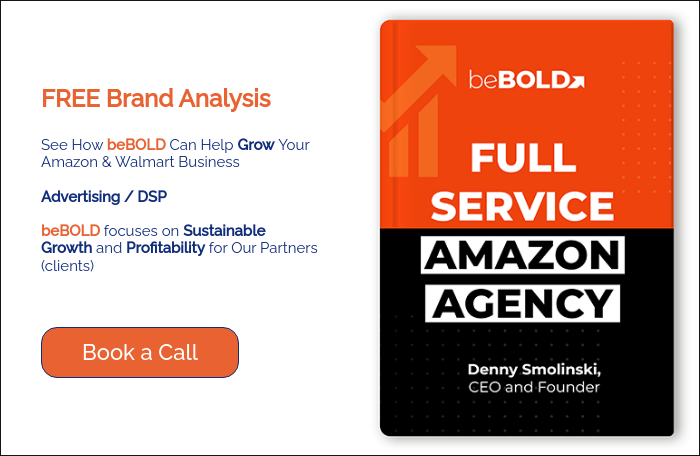


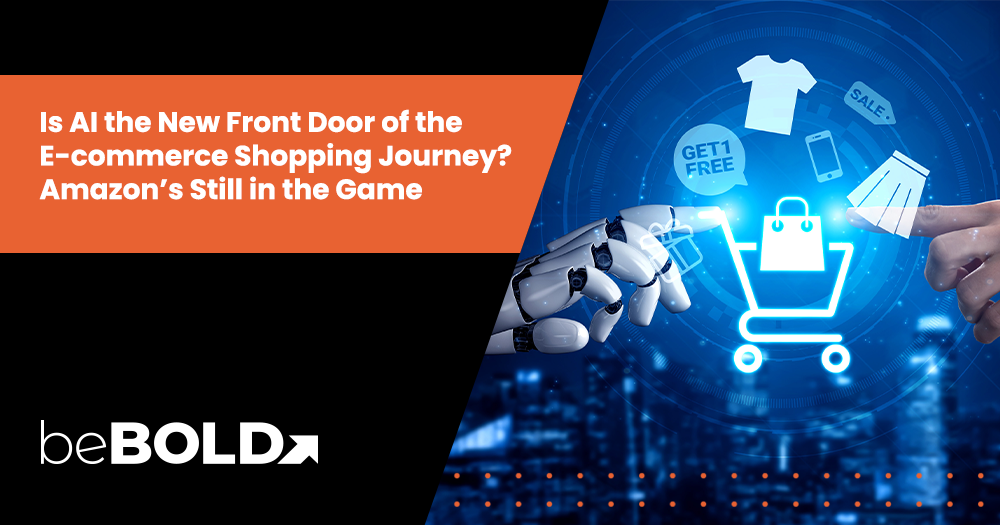
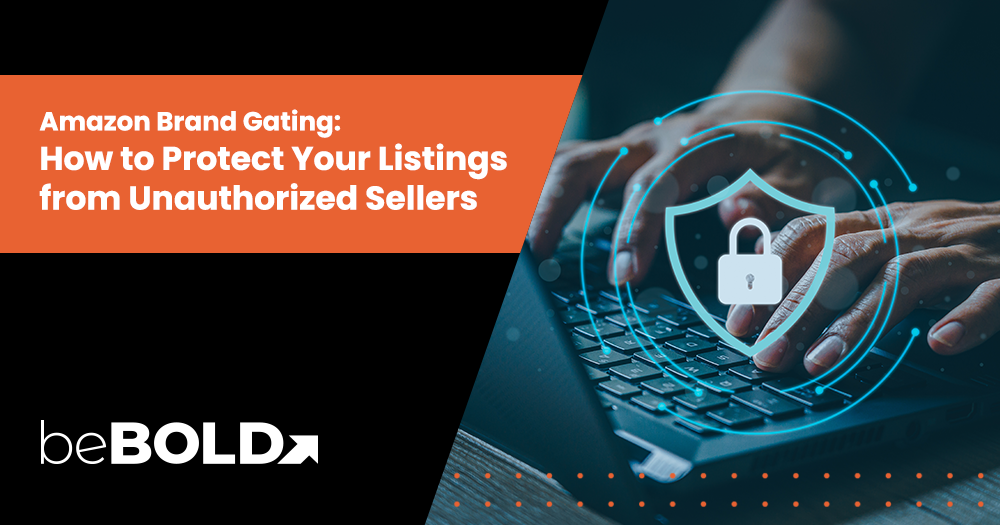
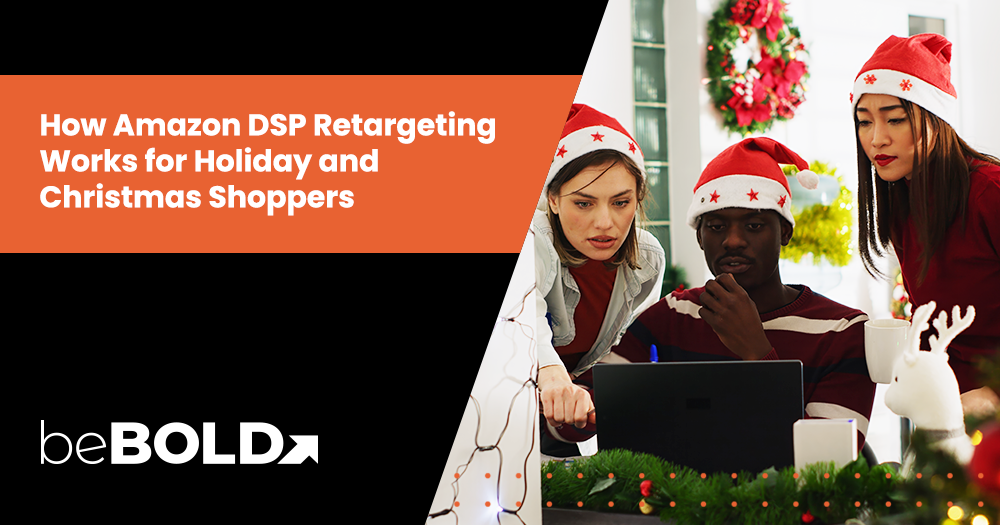
Comments